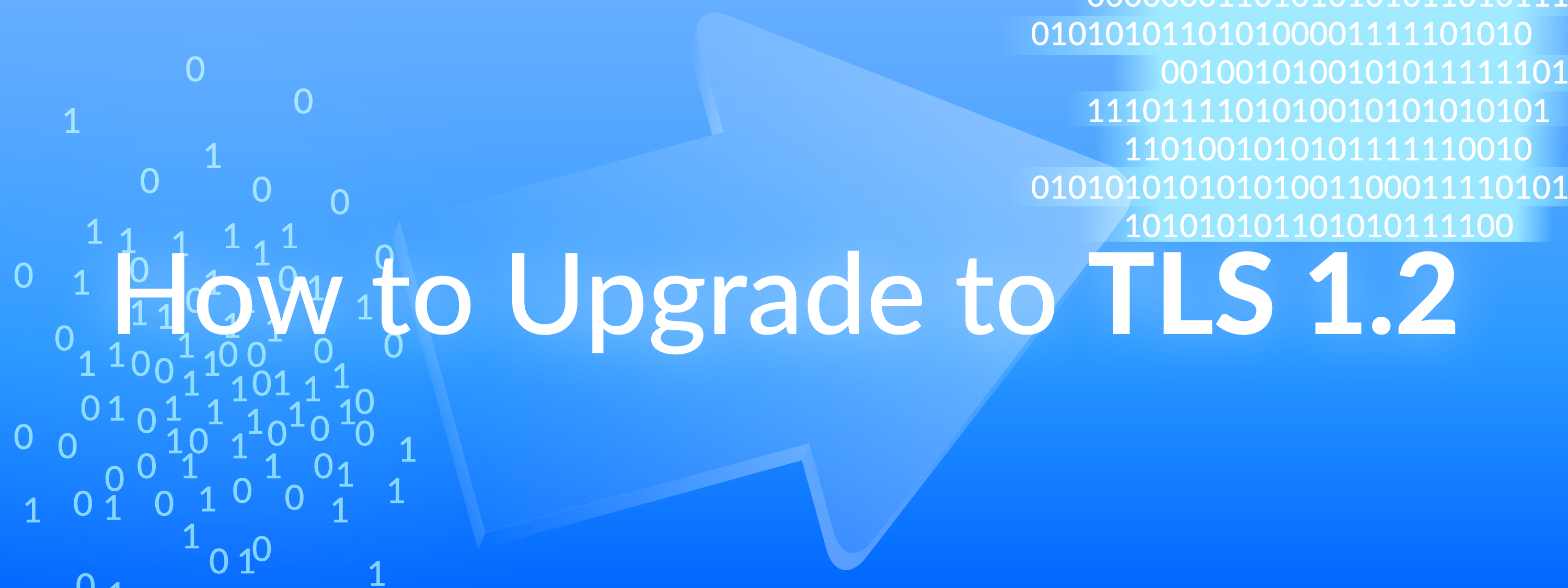If your business accepts credit card payments, you need to maintain proper payment security—no matter how small your transaction volume is. Despite the threat of fraud, small businesses often make the mistake of assuming they don’t need to worry about data security because they won’t catch the attention of hackers. However, small companies are often more vulnerable because they require little effort to manipulate.
At least 7.9 billion data records were exposed in 2019, a 33% increase from the same time in 2018. In November 2019, Risk Based Security called 2019 the “worst year on record” for breaches.
A data breach could be potentially disastrous for businesses, especially when dealing with credit card payments. Sensitive credit card information needs to be safeguarded to protect both the cardholder and your business, and the safest way to do this is by using tokenization and encryption technology. These are often mentioned together because they both disguise sensitive credit card data, but they are not interchangeable terms. Here is the difference between tokenization vs. encryption.
Tokenization
Tokenization is a data security technique that protects card data when it’s in use and at rest. During tokenization, sensitive data is replaced with a token. Each token is a randomly assigned replacement value which is impossible to decipher and cannot be broken by hackers. The actual data is captured and stored in a data vault, removing the need for businesses to store vulnerable data on their systems. This tokenization process prevents businesses from compromising cardholder data because they never see or store any data of value. The tokens that the merchant stores on their local system can only be replaced by the original credit card information by the bank or processor.
Tokenization gives merchants the ability to provide enhanced services to customers, such as recurring billing and storing cards on file for future purchases. Help your business grow with Sage mobile payments, a payment solution that lets you manage payments and get paid on the go.
Encryption
Encryption protects sensitive credit card data when it’s in transit. From the moment a payment card is swiped or inserted at a terminal, encryption protects the card data from fraudsters as it travels across various systems and networks. Unlike tokenization, which replaces sensitive data with useless information, encryption disguises sensitive card data by turning it into an unreadable code which must be encrypted using a key or password.
Without the key or password, hackers could still potentially decode an encrypted message, because the original data is still present, just disguised, so it’s best to use encryption in combination with several other data security techniques. Encryption is ideally suited for any business that processes credit card transactions in a face-to-face or card present environment.
Tokenization vs. encryption: Which should your business use?
For maximum payment security, we recommend using both tokenization and encryption. Tokenization is important for use with recurring payments and cards on file, as well as businesses that operate from multiple locations or franchises. Encryption is vital for card-present transactions.
Tokenization and encryption can also help reduce the complexity of complying with the PCI-DSS standards and decrease the costs of your PCI-DSS audits, freeing up resources to focus on initiatives that will drive your business forward.
[/fusion_text][/fusion_builder_column_inner][/fusion_builder_row_inner][/fusion_builder_column][/fusion_builder_row][/fusion_builder_container]




